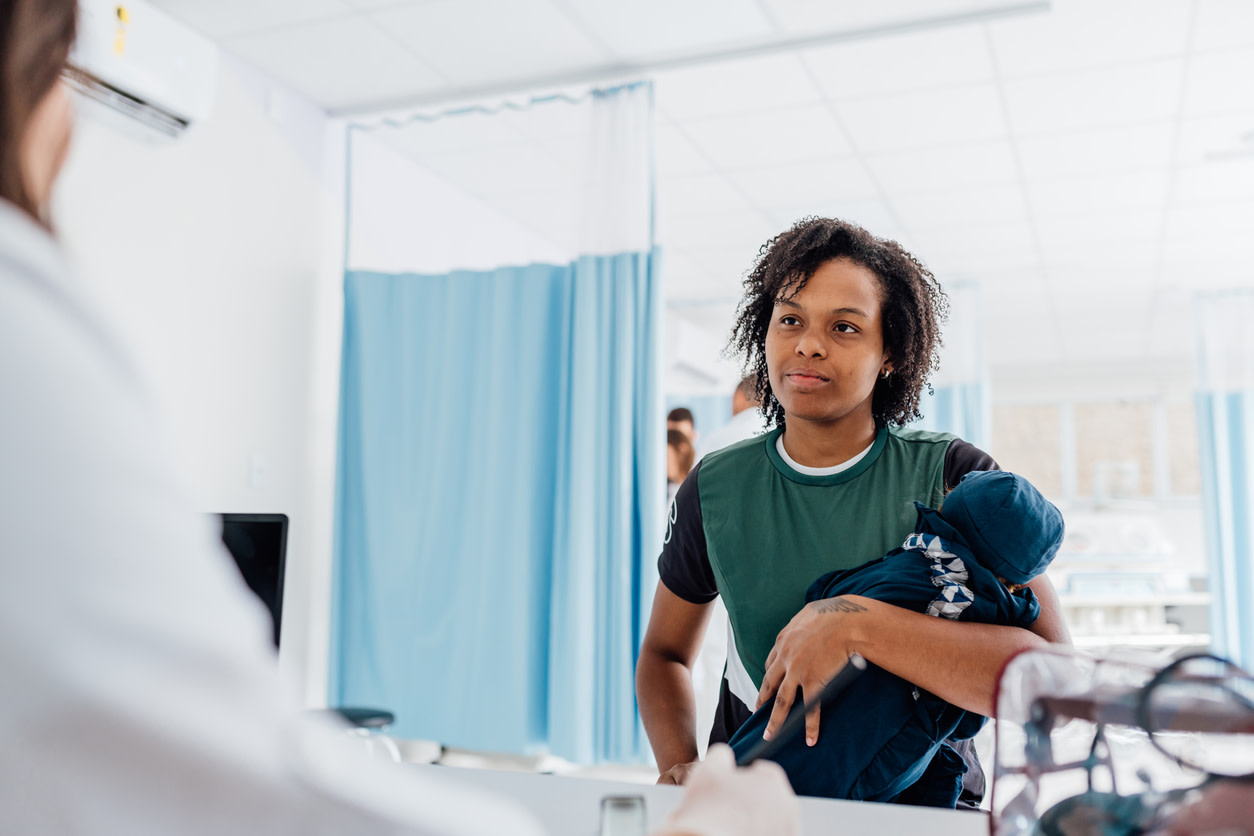C-Section Recovery: Tips and Pelvic Floor Exercises for Healing
Discover the best tips and exercises for C-section recovery recommended by pelvic floor physical therapists.
$0 costo para usted
Última actualización: Oct 23, 2025
El índice
Fully Covered Pelvic Care
Find relief from pelvic pain, leakage, muscle weakness, & more.
Check if I'm eligiblePelvic Floor Exercises for C-Section Recovery
¿Quieres atención de expertos? Consulta si estás cubierto por nuestro programa gratuito →- Diaphragmatic Breathing
- Abdominal Bracing
- Abdominal Bracing with Floor Marches
- Seated Hip Adduction
- Bridge
